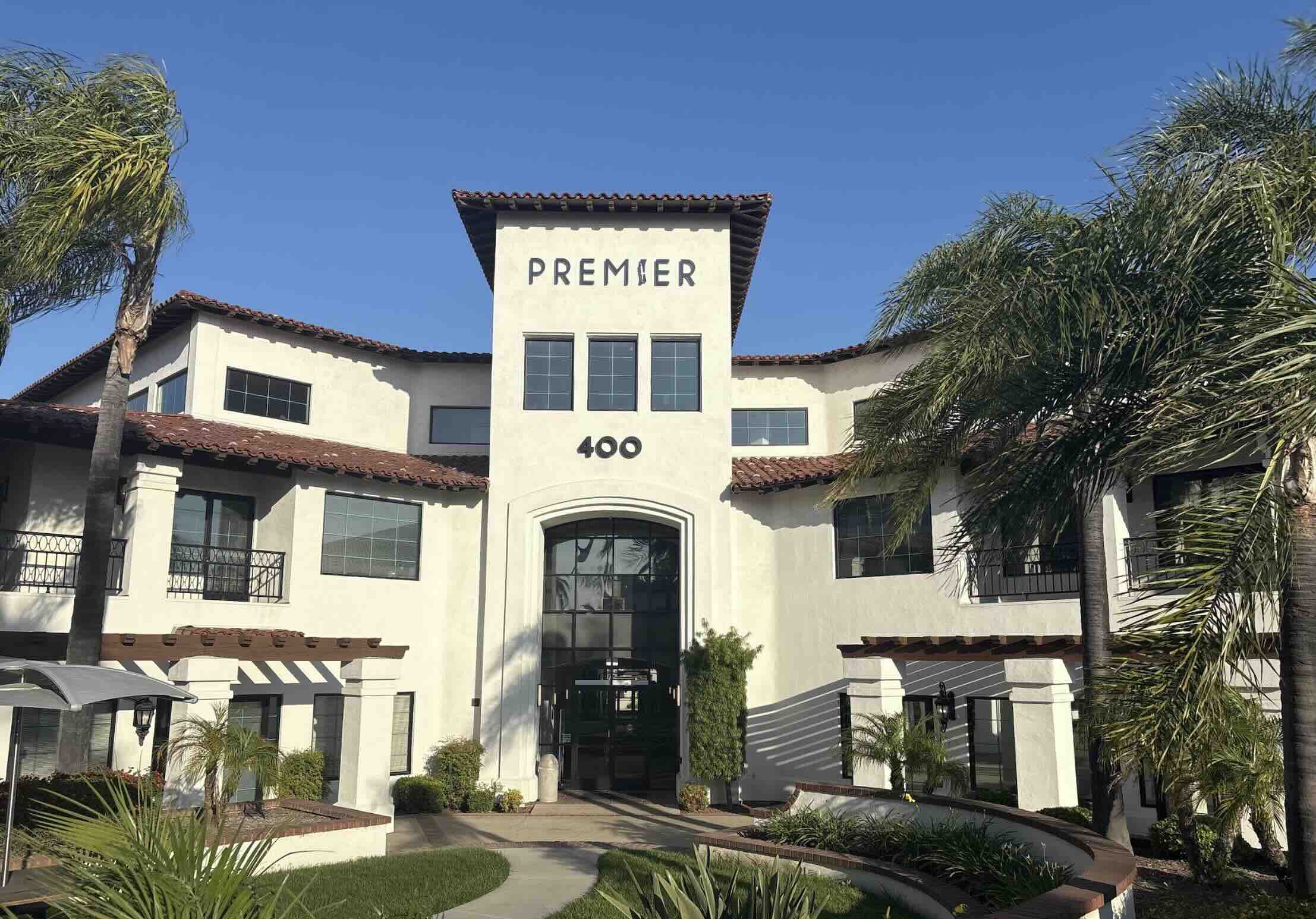Malunions and Nonunions
Malunion and nonunion is, unfortunately, a fairly common occurrence after surgery for broken bones. These are regarded as very complex and high-level surgeries for orthopedic surgeons. Fortunately, at Premier Orthopaedic and Trauma Specialists, we have multiple physicians who focus mainly on the treatment of malunions and nonunions.
Malunions refer to when a broken bone, with or without surgery, remains in a crooked position after healing. Many times, this crooked and inappropriately healed bone can lead to functional disability and overall pain and deformity.
Nonunions refer to when a fractured bone fails to heal. This can happen after surgery or if the fracture was treated without surgery (conservatively). If nonunions are left untreated, the patient will usually suffer pain, disability and inability to regain their previous level of function.
Why Would I Need a Surgery to Repair a Nonunion or Malunion?
As we mentioned above malunions can cause problems because the crooked or inappropriately healed bone can lead to pain and symptoms at other joints. These can also cause problems with walking, working, returning to previous activities; not to mention malunions can be cosmetically unacceptable. Probably the best reason to fix a malunion is that the crooked alignment, especially in the legs, will eventually affect other joints around it and cause arthritis. This may lead to joint replacement surgeries that would not have otherwise been necessary were the malunion corrected.
Nonunions on the other hand have a totally different reason to be treated. If left untreated, and they are the result of a prior surgery, the hardware or the metal inside of the bone will eventually break. We often refer to this as a race between healing and hardware failure. When hardware fails, it breaks within the body and surgery is needed to remove these broken parts and figure out why the bone did not heal. Unfortunately, nonunions are very difficult to treat. They are very complex and require a good understanding of why the fracture did not heal. They should only be treated by a highly experienced and specialized orthopedic surgeon.
How Do I Know I Need a Surgery to Repair a Nonunion or Malunion?
The easiest way to know if you need this surgery is based on what your current orthopedic surgeon tells you. If it has been months since your surgery and your fracture is not healing or if you have continued pain after your surgery, you are likely on the way to a nonunion.
The easiest way to know if you have a malunion is seeing x-rays or cosmetically, if you have a crooked bone. Many times, patients will be told the fracture was very difficult and complex to repair. This does not always mean that it is not fixable, and we recommend you get an evaluation by one of our malunion/nonunion experts at our practice
How Revision Surgery Works
We always refer to this as revision surgery because we are redoing previous work. This means usually more than one surgery in order to remove the previous hardware, figure out why the fracture did not heal and address the issues.
Preparing for Surgery
Preparing for surgery is usually much more complex than just redoing the previous surgery. A complete workup is needed to figure out why the fracture healed crooked or did not heal at all. The most common reason for this is infection. Patients often assume that an infection means visible pus coming out of the wounds. But in reality, patients often never know they have an infection. Diagnosing and treating this requires an experienced surgeon to order the correct blood work, imaging, and physical exam to put all parts together. The most common reason that revision surgery fails is a lack of understanding of why the original surgery did not work in the first place.
Early Recovery and Getting Back to Normal Activity
The goal of doing surgery on nonunions or malunions would be to get back to normal function. Depending on how severe and how long this has lasted, this may not be a realistic expectation. The best way to address these types of injuries is to get referral early to one of the physicians at Premier Orthopaedic and Trauma Specialists for evaluation and treatment. We sometimes stage these surgeries, which means the patient may need multiple surgeries, sometimes during the same hospital stay. At times, these surgeries are separated by one to two months.
Realistic Expectations Post-Surgery
Our goals here at Premier Orthopedic and Trauma Specialist is to restore as much as your function as possible. It is important that you have a conversation with your physician prior to starting revision surgery in order to discuss what their expectations are for you in the long term.
Risks and When to Call the Office
While the prognosis after revision fracture surgery is excellent in the hands of a highly experienced surgeon, it is still major surgery that comes with risk. While low, there is a risk of blood loss, pain, blood clots, infection and hardware failure.
Patients will typically follow up with our office a few weeks after surgery, however patients should call us immediately if they experience any of the following potential complications.
- A fever of over 101
- Worsening pain at the incision sites
- Worsening or foul-smelling discharge at the incision site
- Any redness or swelling in the leg. This is often a sign of deep vein thrombosis or DVT
Typically, the benefits of a revision surgery, in the form of reduced pain and improved lifestyle, far outweigh the risks of surgery, however every patient has a unique circumstance. We encourage you to contact our office and schedule appointment with one of our surgeons to discuss whether revision surgery may be the best option for you and answer any questions about the procedure itself and life after surgery.


